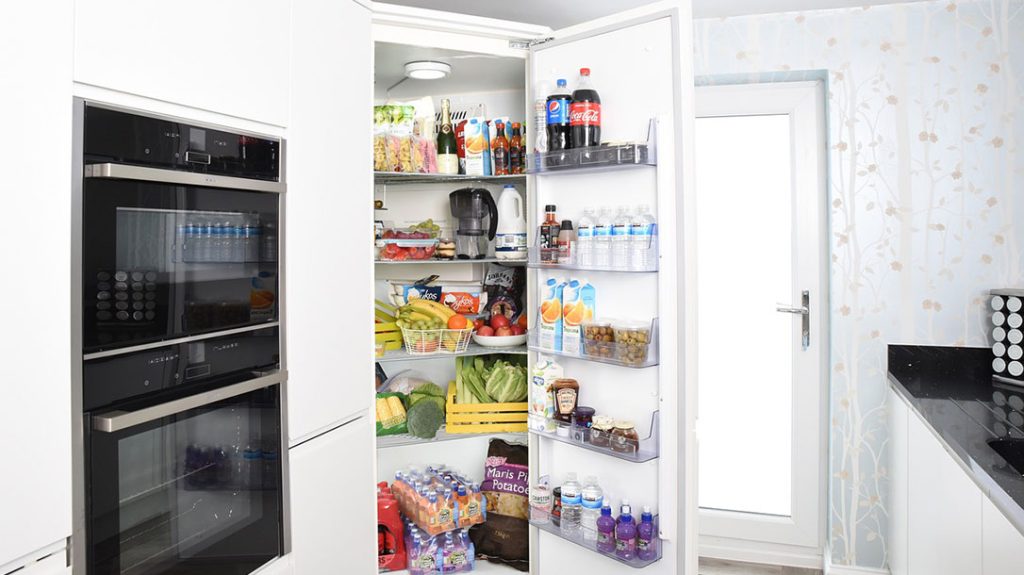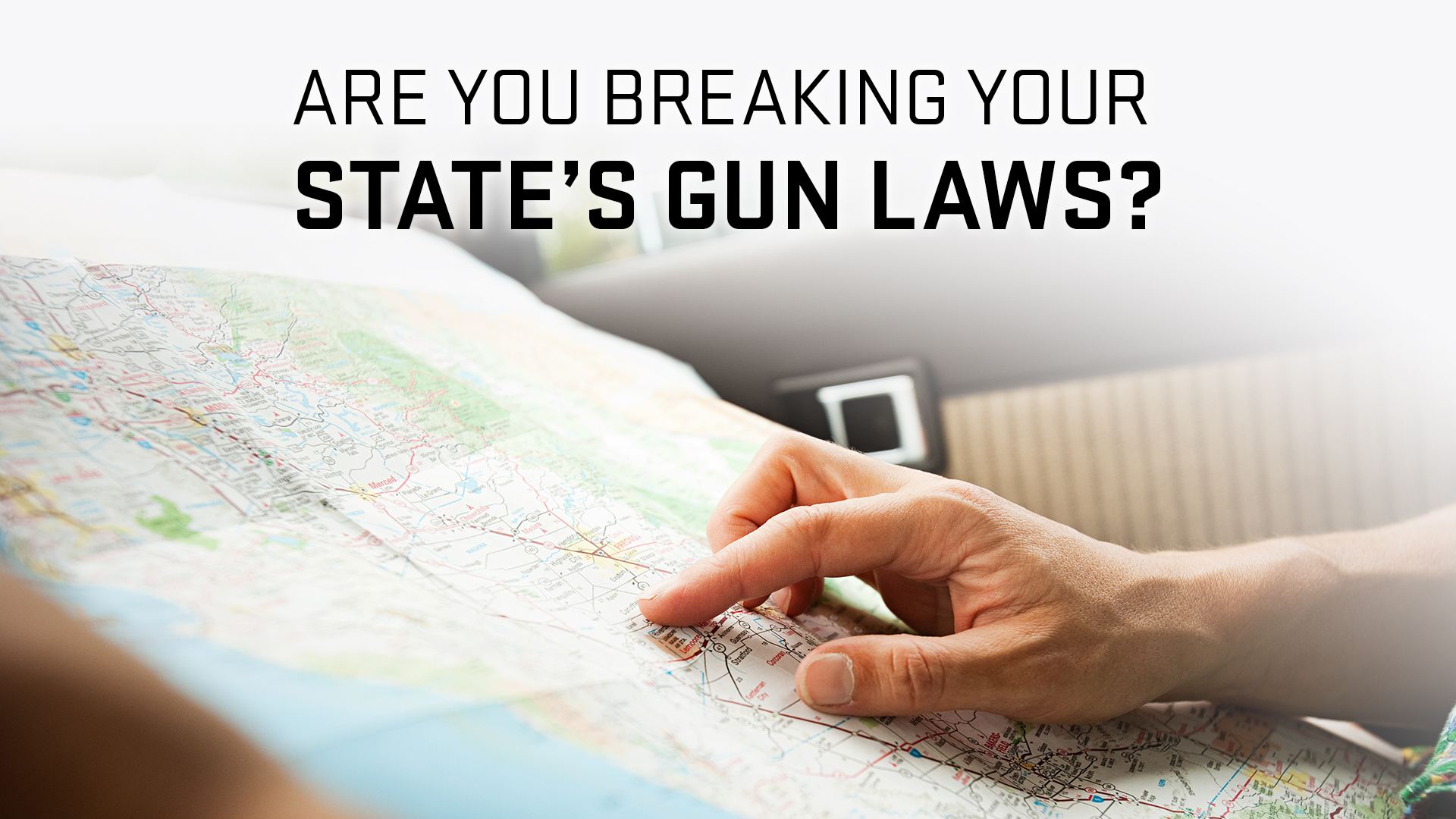One of the most important concerns when it comes to disaster preparedness is how you will feed your family during a crisis. Most people who are new to prepping have food and water storage as their number one concern. Although it is not difficult to build a food pantry, it can be time-consuming and costly. What is the best way to stockpile food?
Water comes first when you stockpile food and water
Nobody has ever complained that they didn’t have enough clean water after a disaster. Hydration is vital for survival. Because water is so vital, I recommend a multi-pronged approach.
Experts from a variety of fields recommend that you drink one gallon of water per day in case of an emergency. Bottled water is easily available and relatively cheap. Currently, you can find 24 half-liter bottles in my local area for around three dollars.
To simplify the math, 12 liters of water is slightly more than three gallons. If it is kept away from sunlight and kept cool, storebought bottled water can last up to two years.
(Photo by Pixabay
Another way to store soda and juice bottles is to clean them and refill them. Before closing the bottle, add a few drops unscented chlorine bleach. It should be kept in a cool, dark area for several months.
It is important to store water and have the ability to filter or purify water from outside sources such as rainwater, pond water, or water from nearby rivers or ponds. There are many options available, including buying a Sawyer Mini filtration system to boil water or using unscented bleach for any microorganisms to be killed.
If you choose to go with the second approach, be aware that unscented chlorine bleach bleach will only last about six months before it starts to degrade.
Keep What You Eat
The first rule for food storage is to only store what you eat. There is no need to buy “survival food” that is marketed to preppers. Instead, focus on stocking up on foods you and your family already enjoy that have a long shelf-life.
Although canned pasta isn’t the healthiest, it will keep your stomach full. (Photo by Pixabay
Sometimes, new foods can cause digestive problems. Stressful enough without adding stomach upset. These are some shelf-stable foods that your family might already eat often:
Canned goods (soups, stews, vegetables, fruits)Pouched meats (chicken, beef)Dry pasta and jars of sauceRiceBeansSplit peasPeanut butterJerkyOatmealCereal bars
With each grocery shop trip, add a few more items to your cart. You can stockpile food by taking advantage of sales prices and coupons, without having to spend too much.
Eat What You Store
(Photo by Pixabay
Rotating through your food storage items regularly is the other half. This will ensure that you always have freshest foods. It is important to remember that expiration dates are often meaningless. The expiration date printed on the package is not the last date the manufacturer guarantees optimum taste, texture, or nutrition. It’s not like the day following that date, the food suddenly becomes unpalatable.
It is a good idea not to eat from your food supply on a daily basis, but to replace what you eat as you go. You will find that the food you have isn’t just sitting around for years if there is a natural disaster. You will notice problems like rodents faster if you have access to your food more often.
Perishable Food
Most families have some food in their refrigerator and freezer on a regular basis. Don’t let food go to waste if there is a disaster. Use them as soon as possible to prevent them from going bad.
Normal conditions will allow food in your freezer to last at least 24 hours without power. This is as long as the door is not opened every ten minutes to inspect the contents. A freezer that is mostly empty will heat up faster than a full freezer.
(Photo by Pixabay
If you don’t have enough freezer space, you might consider filling 2L soda bottles with water. To prevent them from burst, leave a few inches of headspace.
This will not only make your freezer more efficient, but it will also help keep food frozen longer during power outages. You’ll also have more clean water available to you in case of emergency. To help protect the freezer from power outages, you could cover it with a blanket.
The refrigerator food will go downhill a little faster. There is a four hour wait before items can turn. The United States Department of Agriculture recommends that cooked pasta, meat, milk, eggs, or milk be tossed within two hours of rising temperatures above 40F.
This means that you should eat as much as you can of your perishable food before you begin to look for emergency food. This will extend the life of your emergency food supply.
How much is too much?
When it comes to emergency supplies of food and water, the big issue is how many days should you have? The answer will vary from one person to the next. It all comes down to comfort level and available storage space.
It would be wonderful to have enough food supplies to feed your family for many years. However, most people don’t have that luxury. It can be overwhelming to try to get this much food in such a short time.
Setting simple goals is a good way to start. Start by putting together enough food to last you and your family for two weeks. Once you have reached that point, your next goal is to get enough food for your family for two weeks. Then, move on to the next step: one month, then two, and so forth. Continue to work until you are satisfied with how much emergency food you have.
These guidelines will help you stockpile food for survival in an easy way.
Continue Reading
Are you still having trouble finding what you were looking?
Search
Personal Defense World’s article How to Stockpile Food and Water for Trying Times originally appeared on Personal Defense World.

















